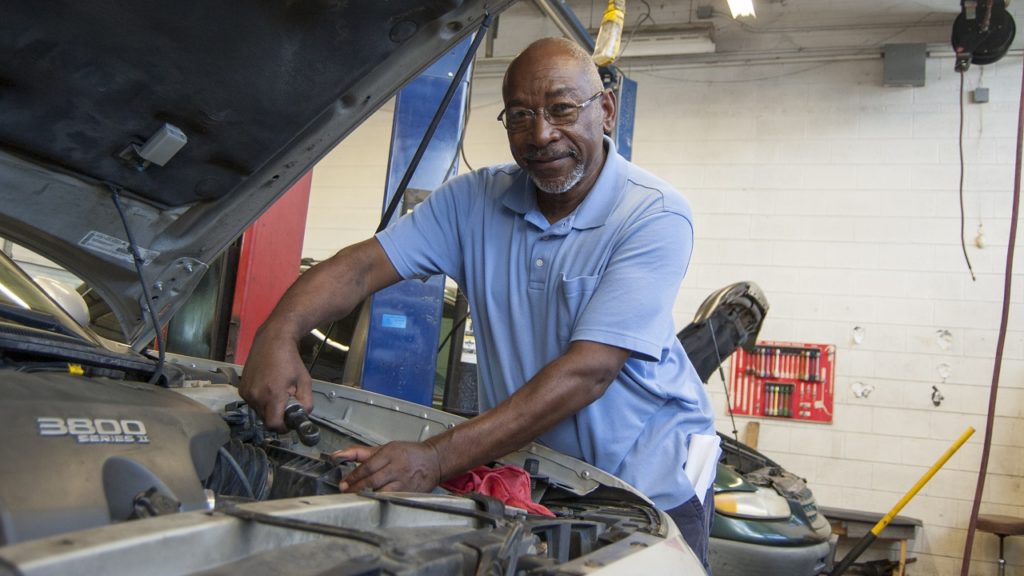 Special to the Philanthropy Journal
Special to the Philanthropy Journal
By Jane Hoppen, director of family relations, St. Baldrick’s Foundation
The most impactful message platform of the St. Baldrick’s Foundation is led by the youngest members of its community – its five Ambassadors. Every year, the Foundation selects five kids who have been affected by cancer to be Ambassadors, representing the reality that one in five kids diagnosed with cancer won’t survive. Diagnosed with different cancer types, at various ages and coming from different geographic areas, these brave children serve as a reminder that childhood cancer does not discriminate.
 Since the inception of the program in 2006, St. Baldrick’s continues to see increased engagement from its supporters anytime a child is involved in outreach. In 2017 alone, the Foundation concluded that events honoring more than six kids received a 380 percent increase in donations compared to those not honoring any children. St. Baldrick’s invites kids who have been diagnosed with cancer, and their families, to create a St. Baldrick’s Honored Kid profile on our website as a way to share their story and inspire others to get involved with the Foundation. It is from this group of St. Baldrick’s Honored Kids that our Ambassadors are chosen each year.
Since the inception of the program in 2006, St. Baldrick’s continues to see increased engagement from its supporters anytime a child is involved in outreach. In 2017 alone, the Foundation concluded that events honoring more than six kids received a 380 percent increase in donations compared to those not honoring any children. St. Baldrick’s invites kids who have been diagnosed with cancer, and their families, to create a St. Baldrick’s Honored Kid profile on our website as a way to share their story and inspire others to get involved with the Foundation. It is from this group of St. Baldrick’s Honored Kids that our Ambassadors are chosen each year.
Like many nonprofits, St. Baldrick’s faces the challenge of organically connecting with those who have not been personally affected by its cause. Sharing statistics like “worldwide, a child is diagnosed every two minutes” may serve as an attention-grabber in the moment, it is the real-life stories showing the day to day life of these families, along with the struggles and triumphs,that create a deeper connection to the cause.
Showing a face instead of a statistic will always provide a more impactful message and catalyst for action. Below are a few tips on how to build, execute and foster a strong Ambassador program within your organization.
Who are your Ambassadors?
Although every nonprofit’s “ideal” Ambassador will differ, many will need the following qualities:
- They’re storytellers. Awareness and funding are at the heart of all nonprofits. This means your Ambassador needs to be eager to tell their story along with your organization’s, showing their genuine connection and passion for the cause.
- They’re available. Their stories need to be told at every opportunity through a variety of channels to be effective and should support your overall communication goals. This makes transparency with the Ambassadors and their families very important, ensuring they are aware of the time commitment. We collect schedules for our families and kids upfront to make sure participating in the program doesn’t add pressure or strain.
- They reflect your cause. Because there are more than a dozen types of childhood cancers, and countless subtypes, each year we look to provide a face to a different type of cancer. To date, St. Baldrick’s has funded more than $232 million in grants for childhood cancer research. Often, you’ll see one of our Ambassadors who aligns with a current grant we’re funding to show the real-time success research has made in their lives, and those within their community.
- They’re involved. It’s easier and most appropriate to ask someone to be the face for your organization when they’ve already been advocating for you behind the scenes. Before selected as 2018 Ambassador, 6-year-old Kellan Tilton spoke before members of congress from his wheelchair advocating for the need to fund childhood cancer research during Action Days in D.C. Look for regular event attendees, fundraisers, or those sharing your message by word of mouth and via social channels. Many of our Ambassadors have attended, hosted and/or gone bald at our head-shaving events, and share education around the need to find cures and better treatments for all childhood cancers.
What to remember when considering an Ambassador program
Overall, the partnership needs to be mutually beneficial and, at the end of the day, truly serving for the person who agreed to donate their time and energy to be your Ambassador. This can take the form of allowing the individual a platform to share their story and personal journey, to making outside connections that will provide them with other opportunities.
Also, consider how your Ambassadors’ stories reflect the mission of your Foundation and can help shed light on the reason for your existence. If there’s a tough reality that is connected with your organization, don’t shy away from sharing it, but realize there’s an appropriate way to tell that aspect of the story. The fact that one in five kids diagnosed with cancer won’t survive is something people need to be aware of. It is important for us to tell that story just as much as the stories of survivors.
As a Foundation, we respect the individual needs and wishes of each Ambassador and understand the challenges and uniqueness of their journey. We welcome them into our community, meet them where they are and help find the best way to honor the child and champion the cause together.
To learn more about our Ambassadors visit https://www.stbaldricks.org/ambassadors/.
Jane Ridolfi Hoppen is the director of family relations at the St. Baldrick’s Foundation, having devoted nearly twelve years to the cause of funding childhood cancer research.





